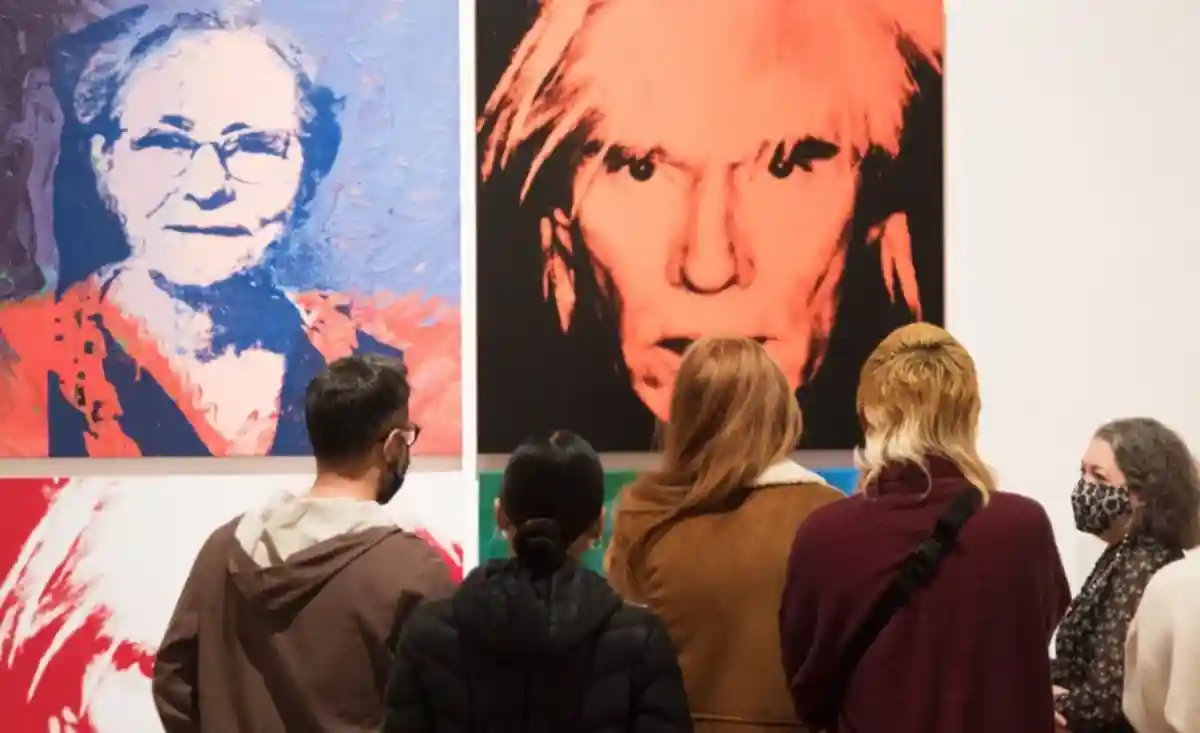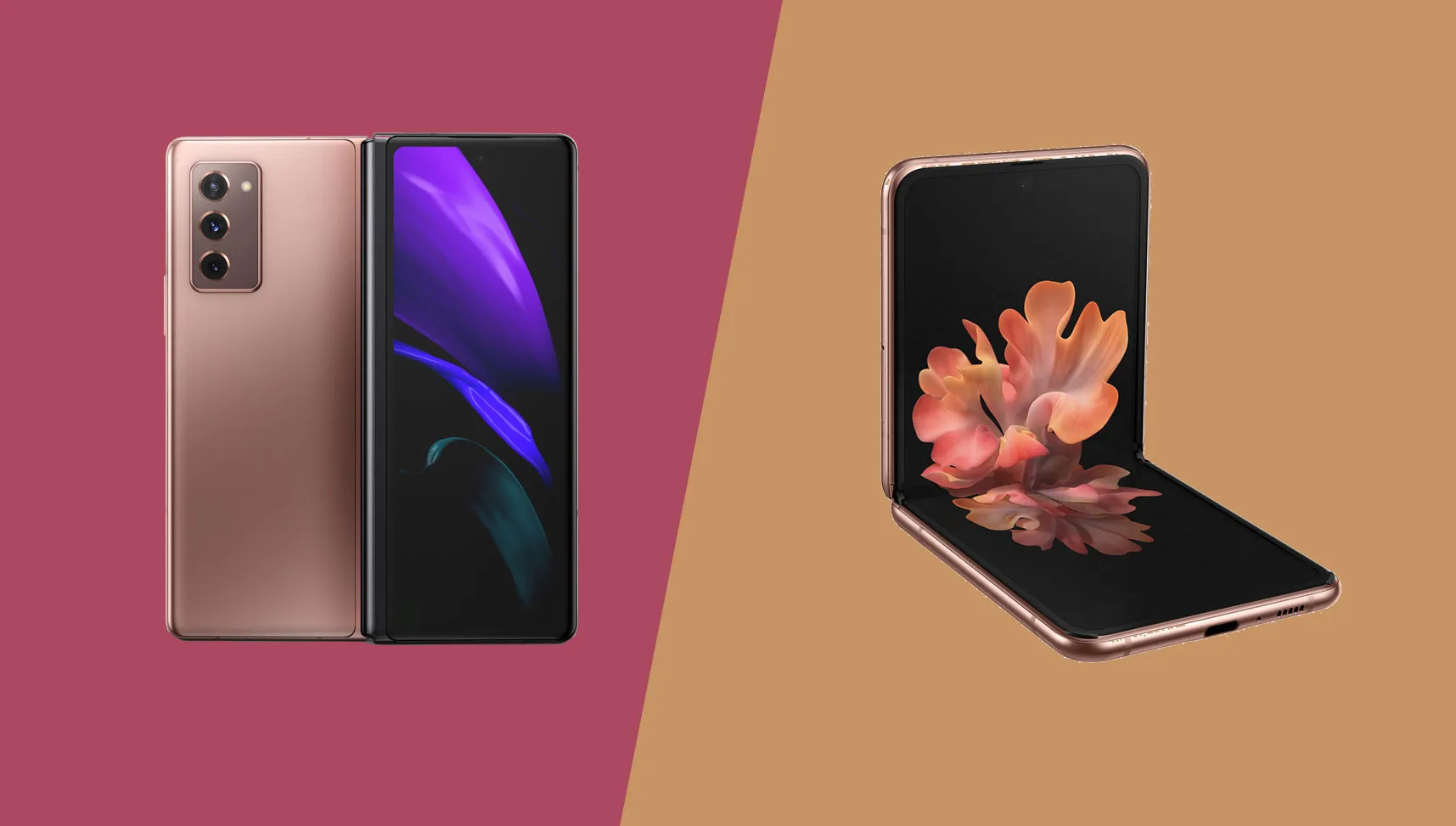Table of Contents
Introduction to Andywarhella
The term ‘Andywarhella’ is a combination of Andy Warhol and guerrilla art and gives the essence of how traditional art is coming back in a way via artificial intelligence. At the junction of historical-artistic artistry and concern of advanced today’s AI, ‘Andywarhella’ has been named in honour of the pop art icon whose works often pushed the art of the contemporary era forward.
The upsurge in ‘Andywarhella’ calls for a paradigm today that still embraces the rapidly growing world of artificial intelligence. Shifting how we engage with art and as well as the place of the artist in a world where machines have assumed not only the capacity to reproduce art but also to create new forms of it. With such a trend already underway, it opens the door for new advances in the art world while maintaining the classics of art.
The Intersection of Classic Art and AI
AI Art Fusion
The mix of fine art and artificial intelligence shows how advanced technologies can bring new approaches to apparently traditional creative work. A perfect example of this combination is Andywarhella, where artificial intelligence, machine learning, and neural networks are utilized to disseminate and identify different artistic eras and genres. Whereas earlier, the ability to replicate various styles as used by the old masters or contemporary artists was astounding, today, Artificial Intelligence technologies are capable of not only reproducing those styles but also deciphering them.

AI Art Revival
At the core of this process is training neural networks, which involves inputting large sets of data from classic artworks into the system. Colour schemes, brush effects, and other features of the presented compositions help the AI produce pieces as similar as possible to the Masterpieces of Van Gogh, Picasso, or Michelangelo. This maintains the graphic tradition of these art forms and educates the masses about these images of marvellous performances. At the same time, the performers get better exposure and visibility.
In effect, Andywarhella not only captures the basic ethos of the programmed art world, rooted in individuals’ ability to manipulate and subvert their environment, but it also sets up future possibilities when these interactions become an integral part of life. This symbiosis of traditional art and AI makes one feel that traditional techniques are being brought to life in a world that is ever more dominated by technology.
Innovative Projects and Key Players
Timeless AI Art
When it comes to classic arts and artificial intelligence, we must bring out the relevant works and personalities in this blending. One of the most widely known cases is DeepArt, an AI project that prompts users to transform their photographs into artworks as if painted by such masters as van Gogh, Picasso, or Kandinsky. With the help of neural networks, DeepArt reproduces all of these rich styles of the great masters, giving the traditional artwork a contemporary twist, at least in terms of aesthetics. SPE projects have shown, for instance, that AI can link between history and the future of art in several ways.
Surreal Neural Creations
Another pioneering work is Google’s DeepDream; is a convolutional neural network that brings out what appears like ‘the image that the mumbling does’ and optimizes images with algorithmic pareidolia to look like dreamy surrealism images. Originally conceived to explain how the neural network recognizes images, DeepDream has become a work of art that adds a surreal twist to iconic paintings. Through interpretation of the traditional art forms using DeepDream, the creators furnish artistic works that are complex and detailed to alter the views of art enthusiasts as well as redefine contemporary art.
Art in the Digital Age
Among those who shape this active environment, it is now possible to name Google and independent performers who have started experimenting with AI capabilities to transform art. For example, famous artists such as Mario Klingemann, who contributes to the formation of AI art, employ machine learning approaches to innovate on human imagination. Klingemann’s work frequently raises questions about how we generate data, store collective memory and perceive art in the digital age and within new media art.
Transformative Art Fusion
Studying Andywarhella’s progressive chilling, it appears that integrating traditional works and AI is not just a fad. It heralds a dramatic change in the state and function of art and presents new potential and new forms of upcoming artwork. Shown projects and numbers on this page provide examples of how AI can bring fresh perspectives to re-experience and develop cultural values and art that are still relevant and will remain interesting.
Conclusion
When it comes to discussing the implementation of artificial intelligence in traditional arts, it is important here to note that we are on the brink of a new revolution. Such opportunities as andywarhella involved and those which are presented by other AI-based artistic projects do not signal simply an addition to the artist’s toolkit but a revolution in art making that is slowly emerging and changing the very landscape of art based on technological developments that serve as springboards to create new kinds of work and transcend boundaries that were previously deemed unbridgeable.






